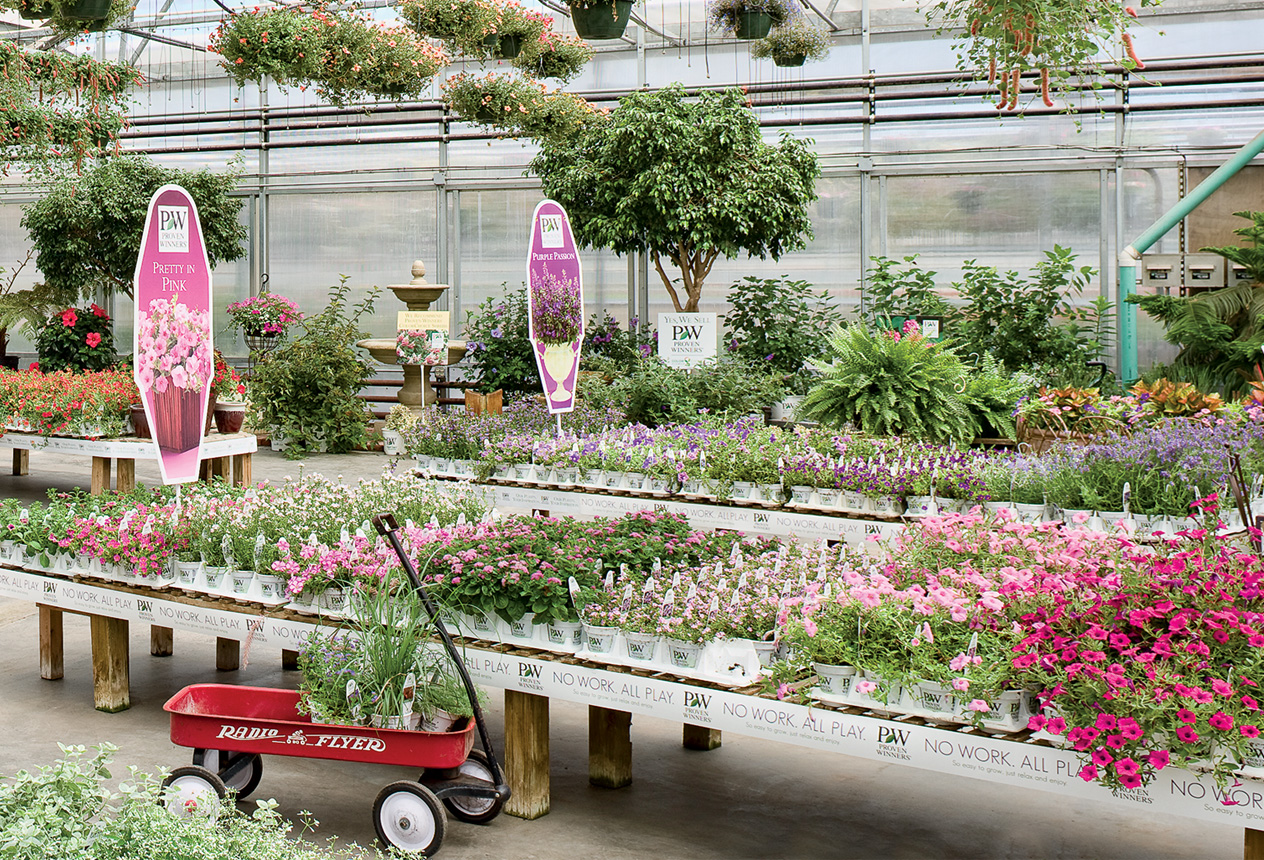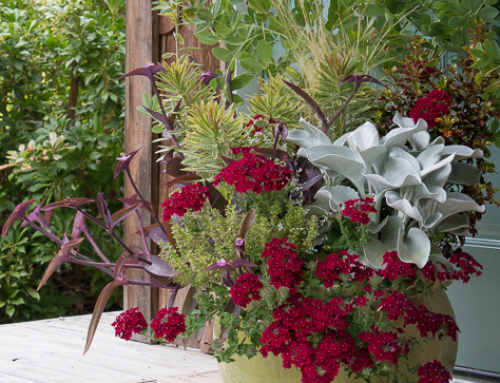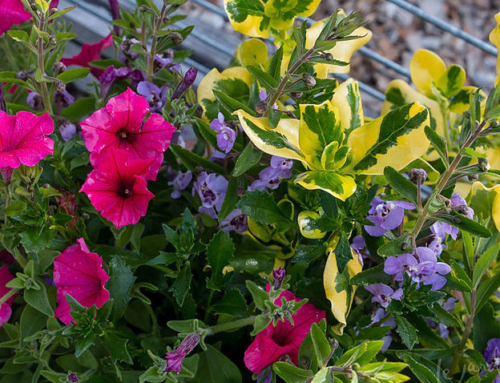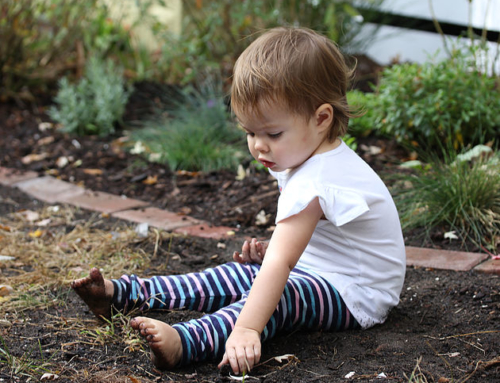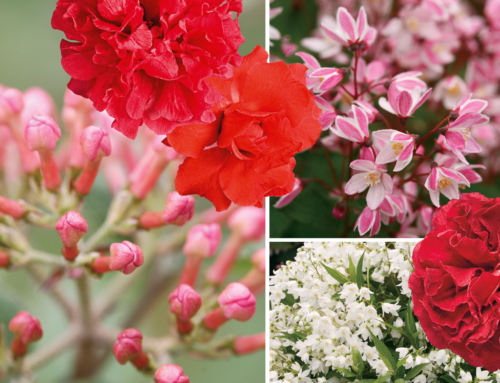It’s late July and officially ‘late season’ for plant buying. (Don’t worry! – you get another chance for regular season planting in the early fall). In many parts of the country, this is a good time to find sales on perennials – particularly on those that have already peaked (i.e. bloomed) earlier in the season. Garden center and nursery visits are one of the best things about being a garden designer. I’ve often thought I could make a whole business just leading clients around a well stocked nursery – even a non-gardener often becomes a kid in a candy store but with a paralyzing fear of choosing the wrong flavor. How to keep your cool and make sure you don’t end up with plant version of spoiled milk and dead fish flavored Bertie Botts jelly beans? Always have a list – which is really more like a framework. What I drive away with almost never matches what I went in with, but that isn’t the point. I have my plant list to guide me for quantities but most importantly I also make a quick note about the reason I need it (i.e. fill for sunny spot between the roses, something in pale pink that will handle the crap soil where the old patio was, tolerates shady clay, tall, and will look good against black wall, need more red in August, etc…). These notes keep me on track but open to the fun of spontaneously reworking everything after I have garnered the excellent advice of nursery staff or I have discovered some entirely new and fantastic combination (Top tip: Caramel Corn + Strawberry Jam is flavor heaven). Which brings me to my next point – always talk to the staff. A good nursery has good plant people working there. Talk to them and mine them for information about every aspect of the plant. Even the most wildly knowledgable plants person doesn’t know everything. Gardening is as much a social act as a quiet and meditative one and the nursery is where knowledge and wisdom passes easily from one person to the next. (And if it doesn’t – find a new nursery! – one that has helpful and knowledgable staff). Also, don’t lie to yourself. Full shade is not partial shade and partial shade is not full sun. Neither is clay slightly chalky and adding a little compost to sandy soil will not make it humus rich. It is still sandy. Your conditions are what they are – recognize them and work with them. I see them as the helpful tool that allow me to narrow down the millions of plant choices and discover new things to achieve my goals. Don’t be tempted to buy what you can’t grow. Remember, if licorice makes you gag, there is nothing you can do to change this! Avoid things that look wilty, or have weeds growing on top of the pot, these are signs of neglect that very likely have traumatized the plant. Check the under the leaves for unwanted pests, and inspect the roots too. Are they growing out the holes in the bottom of the pot? Lift the plant out of the container and see if they are a knotted up swirl. Thick and twisted roots will need to be loosened before planting and even still, these plants can have a hard time establishing themselves in their new homes. These are my basic rules and I follow them faithfully – right up until I decide to rescue a deeply discounted near lifeless wretch I am sure I can garden back to life. These are the popcorn flavored beans of the garden center – sometimes they are good – and others you find you must quickly swallow it (and your pride) and then wash it down with something better. Like cherry – cherry is always good.

-Rochelle

